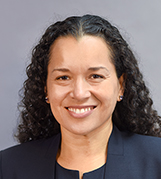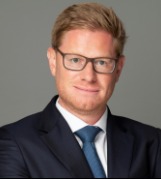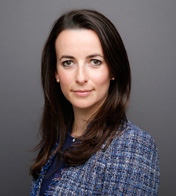Kobre & Kim's International Private Client Team
July 31, 2025
UAE Foundation Structures Help Protect Intergenerational Wealth
UAE foundations are gaining traction among family offices as a flexible, long-term tool for protecting intergenerational wealth. Offering strong asset protection, privacy, and control, they function like trusts but with added legal independence. When properly structured, they support cross-border resilience and align with broader wealth planning strategies.
Family offices are increasingly turning to the United Arab Emirates (UAE) for sophisticated wealth structuring, taking advantage of the Dubai International Financial Centre (DIFC) and the Abu Dhabi Global Market (ADGM).
Central to this shift is the attractiveness of UAE foundations, standalone legal entities, similar in function to common law trusts but with distinctive legal personalities, separating asset ownership from the founder. When set up properly, foundations enable long-term asset management for a specific purpose or designated beneficiaries. Key benefits include:
- More Control and Flexibility: Founders can stay involved by joining the Foundation Council or choosing trusted people as Guardians. Foundations can hold many types of assets—from real estate and company shares to bank accounts and digital assets.
- Acts Like Its Own Entity: A foundation can open accounts, own property, sign contracts, and take legal action in its name. This gives it the independence that traditional trusts don’t usually offer.
- Protection from Foreign Claims: UAE foundations are protected from legal claims made in other countries, like rules that try to force how assets are inherited. As long as the foundation follows local UAE laws, those outside claims generally won’t apply.
- Long-Term Planning: Unlike some trusts that end after a set time, UAE foundations can last indefinitely, making them useful for passing wealth across generations.
- Global Use and Privacy: Founders and beneficiaries don’t need to live in the UAE, and ADGM offers private registers that keep council member information confidential.
These benefits are of particular importance to family offices and investment professionals structuring intergenerational wealth and managing asset protection strategies. To be effective, UAE foundations should be structured with the following in mind:
- Provide Evidence of Wealth Transfers to Strengthen the Structure. Take proactive steps to pre-empt any likely creditor challenges by evidencing asset transfers forming the foundation’s estate and sources of wealth. This transparency helps demonstrate the legitimacy of the structure and reduces vulnerabilities.
- Align Holding Structures with Strategic Jurisdictions. Consider carefully the impact of the choices of jurisdiction for SPVs and holding companies within the foundation structure. The legal and tax regimes of these entities can significantly affect the foundation’s asset protection and operational effectiveness, particularly when facing cross-border scrutiny.
- Think Ahead. Even when established for legitimate purposes, the use of foundation structures can be misunderstood, particularly in cross-border contexts where legal frameworks differ. It is important to be prepared to address questions from financial institutions, counterparties, or the media about the foundation’s purpose and function. A clear, well-documented rationale and communication plan can help mitigate reputational risk and support the credibility of the structure.
UAE foundations offer strong asset protection, but their effectiveness depends on proper structuring and integration into a strategy that addresses legal, cross-border, and creditor risks.






